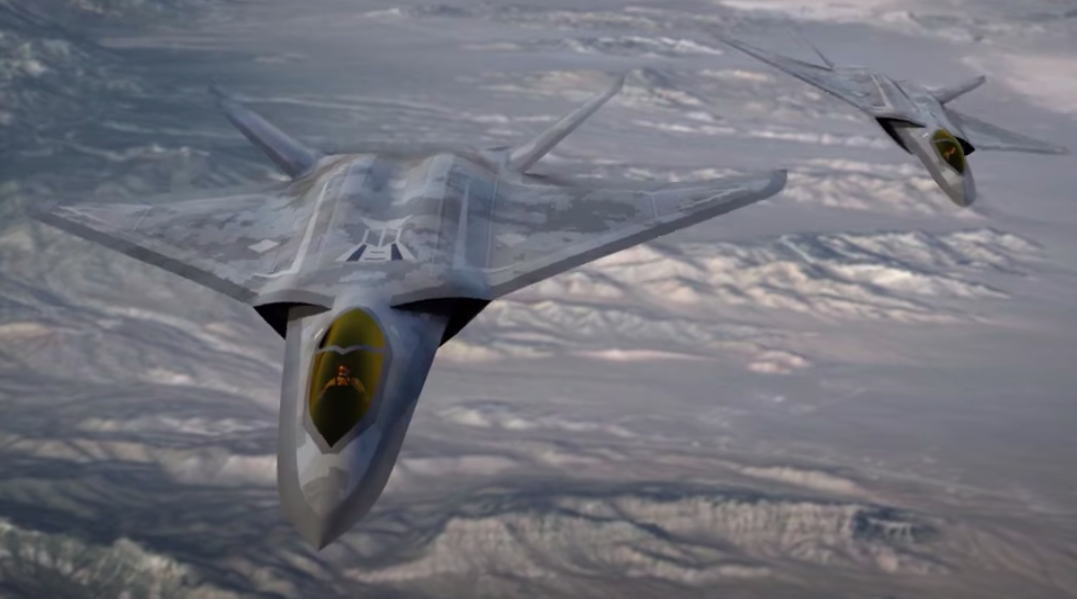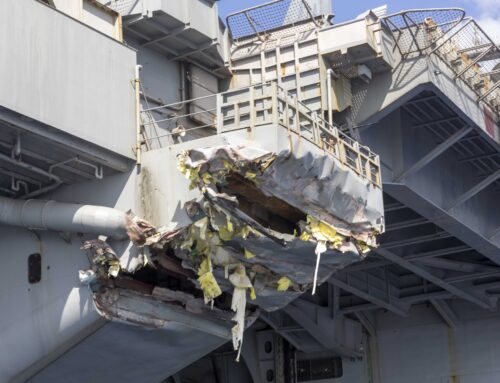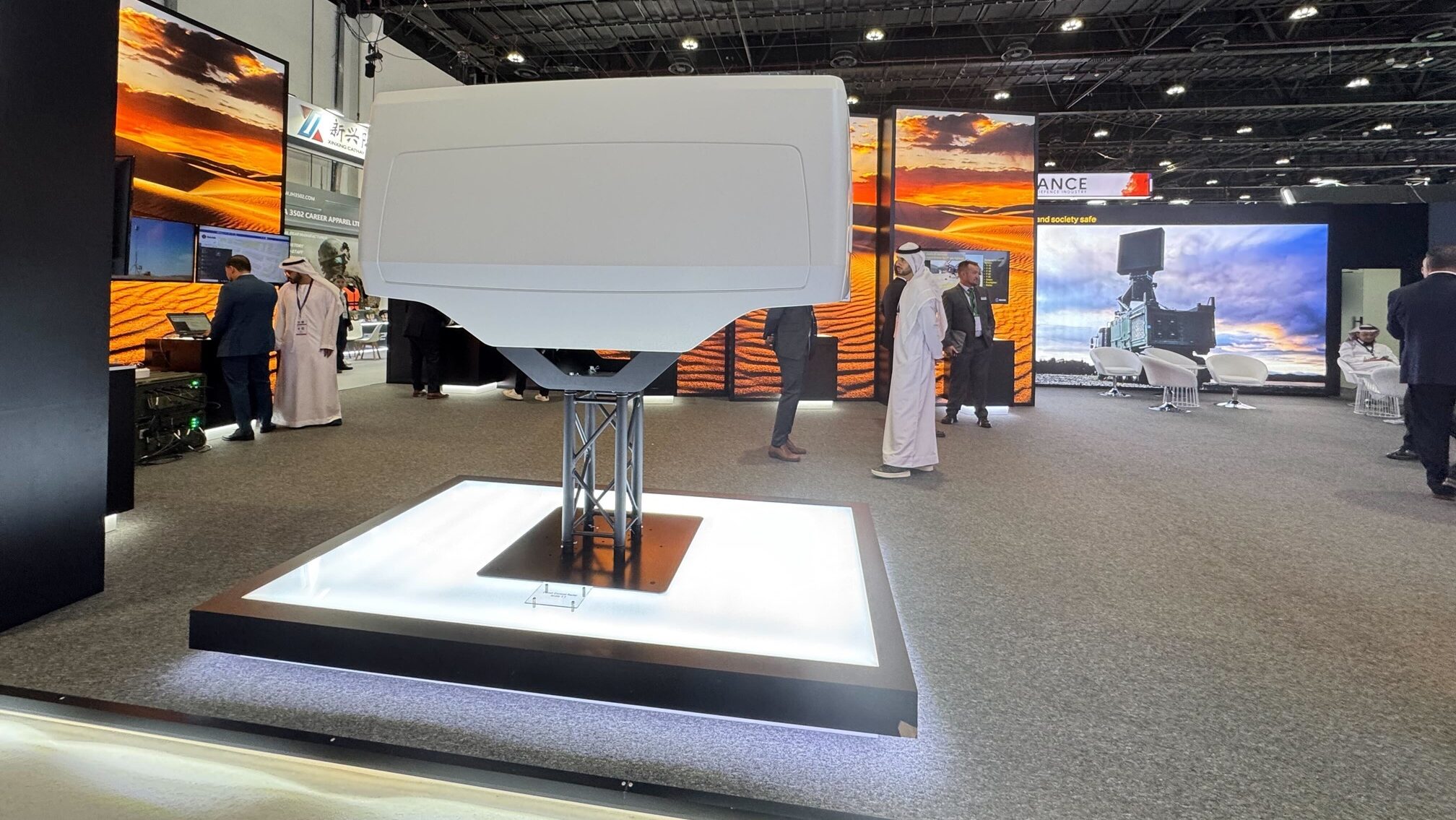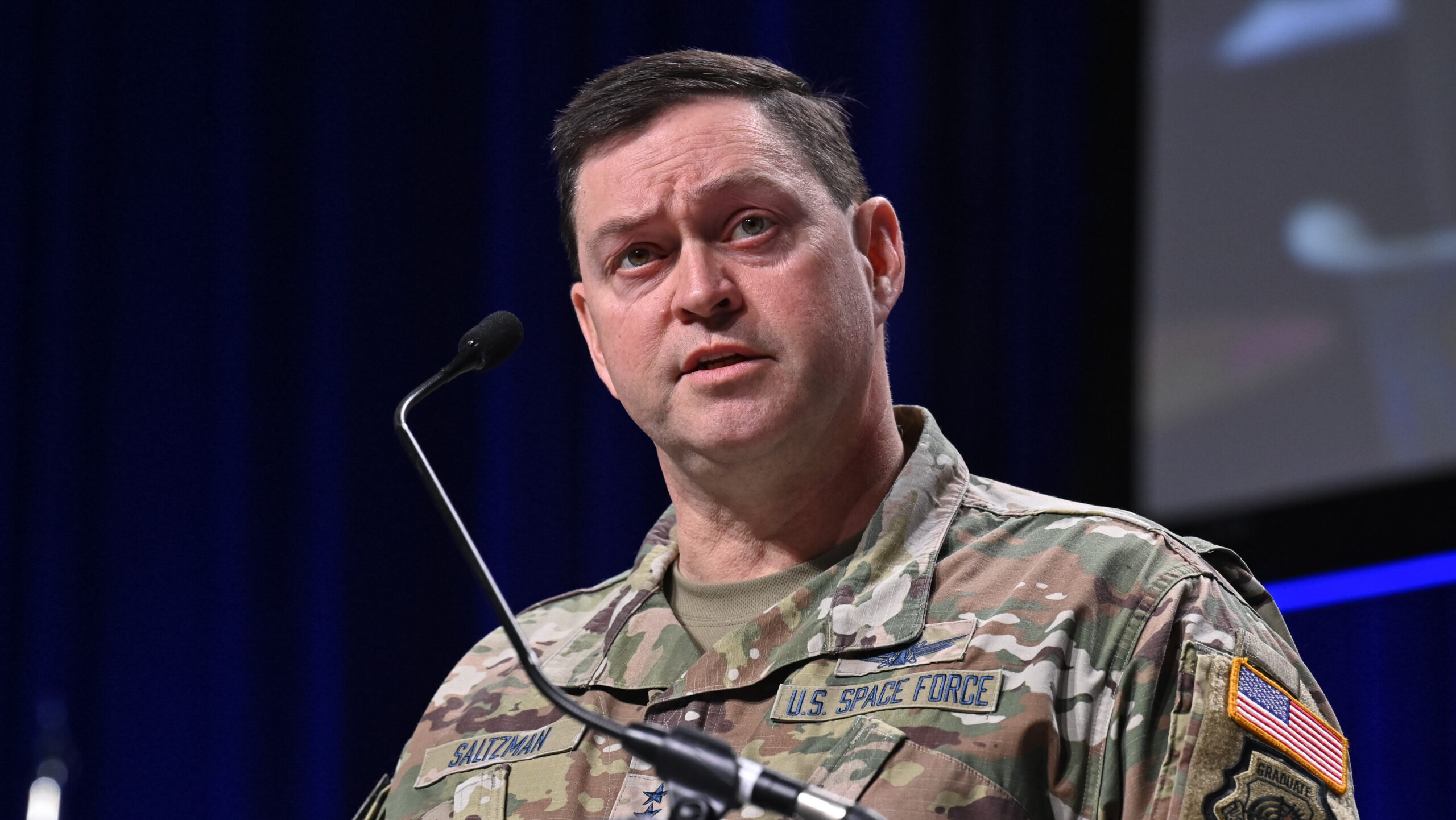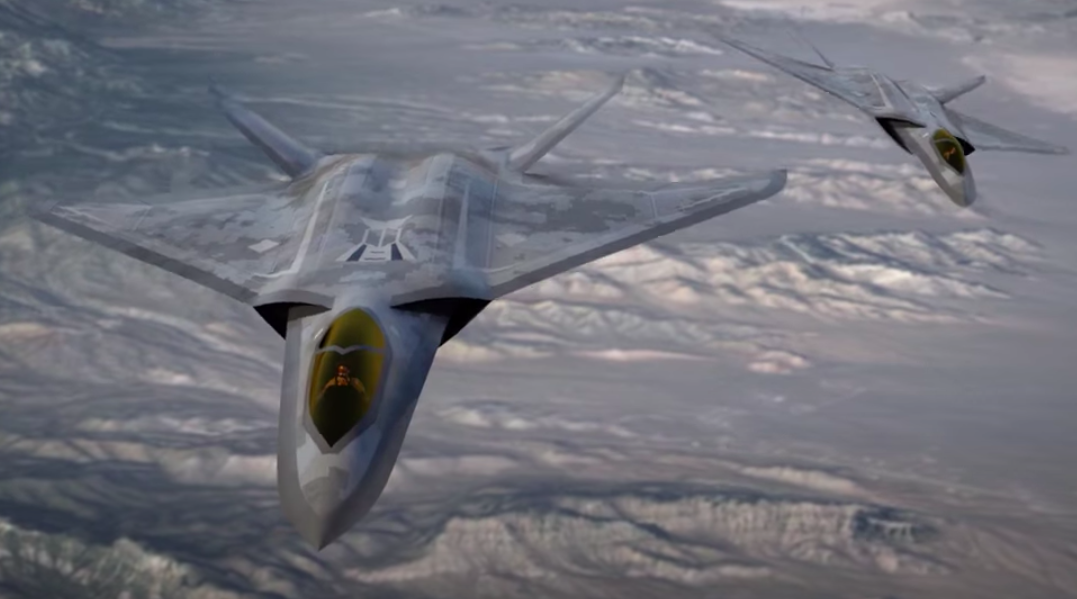
Lockheed Martin Skunk Works concept art of a sixth-generation fighter. (Lockheed Martin)
WASHINGTON — Engine makers GE Aerospace and RTX subsidiary Pratt & Whitney have both formally passed a key design milestone for the Air Force’s Next Generation Adaptive Propulsion (NGAP) program, paving the way for the two companies to begin building their respective prototypes.
GE Aerospace said in a statement Wednesday that its prototype design, dubbed the XA102, cleared what’s known as Detailed Design Review (DDR), the final step before work to construct the engine can commence. In a statement today, Pratt similarly announced that its NGAP offering, called the XA103, has also cleared the DDR milestone.
“GE Aerospace is making great strides with model-based engineering, which has been instrumental in the success of the XA102 engine design,” Steve Russell, vice president and general manager of Edison Works at GE Aerospace, said in the company’s press release. “As we transition into the procurement and build phase, we will continue to incorporate this innovative approach while working closely with our supply chain partners to advance the engine toward a full-scale demonstration.”
In its announcement, Pratt asserted that the company completed the “first fully digital” DDR for its NGAP candidate, emphasizing the growing importance of digital design tools that support weapon systems development for the Pentagon.
“For decades, propulsion has been a key differentiator for the United States, and we are working with the US Air Force to make sure it stays that way,” Chris Flynn, Pratt vice president of Military Development Programs, said in a statement. “Collaborating with the US Air Force, we have supported every generation of jet engine development since World War II. XA103, our adaptive engine for the future, will continue to advance our digital and agile design and development capabilities while advancing the propulsion capability for the warfighter.”
The announcements follow a new round of contracts issued by the Air Force in January for the NGAP program, which raised the total award ceiling for each vendor to $3.5 billion each. The Air Force is expected to assess the performance of each prototype once they begin testing later this decade, and make a down-select decision from there.
The “adaptive” engine technologies underpinning the NGAP program could herald a leap in military propulsion, Air Force officials have said, because they can change the characteristics of a jet engine in flight to enable features like more fuel efficient cruising or increased thrust. The designs for both companies draw heavily from work previously conducted under the Air Force’s Adaptive Engine Transition Program, which constructed a new, prototype engine for the F-35 but was ultimately passed over due to budgetary constraints and other logistical concerns.
The NGAP engines have principally been intended to power the service’s Next Generation Air Dominance (NGAD) fighter, though the sixth-gen jet is currently in limbo after being paused by the Biden administration and awaits a review by the new Trump team. NGAD is now the only publicly known potential recipient of adaptive engine technologies for the US military, following a disclosure last year by the Navy to Aviation Week that its own next-gen fighter in the works, called F/A-XX, will instead rely on more traditional propulsion designs.
The exquisite NGAP powerplant has also been identified by former Air Force Secretary Frank Kendall as a potential source of cost savings for the NGAD fighter, whose projected price of several hundred million dollars per copy could prove prohibitive. Among other changes that could be made to the fighter, reducing the complexity of its engine could be one option to make the aircraft more affordable, Kendall said.
Internal Air Force analysis recently validated the requirement for a manned, sixth-gen fighter, Breaking Defense previously reported. It’s not clear what the Trump administration may decide, though the fighter was notably not exempt from an order by Defense Secretary Pete Hegseth to pare back about 8 percent of projected spending for the next five fiscal years, which will free up money to shift toward the administration’s priorities. A project to field a fleet of drone wingmen known as Collaborative Combat Aircraft, however, was expressly put off limits, according to a memo from Hegseth and obtained by Breaking Defense.


